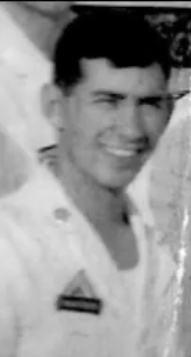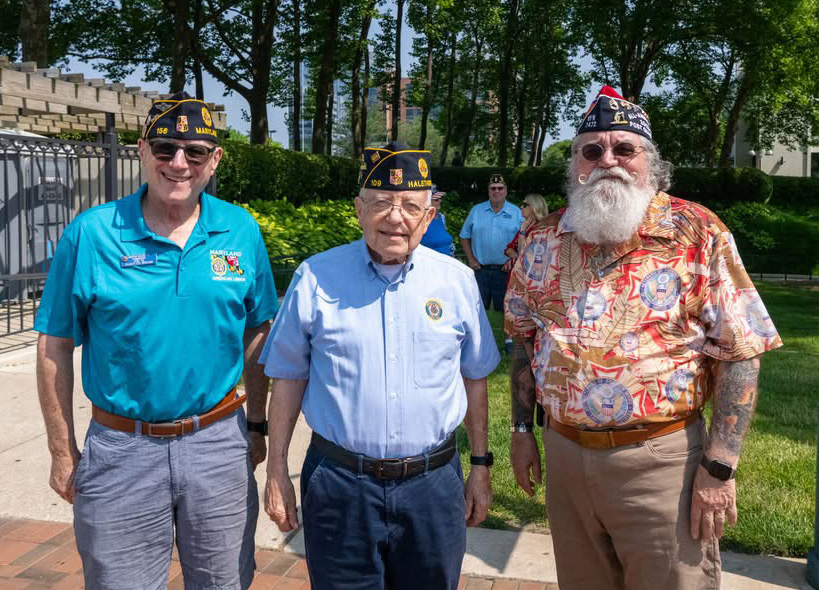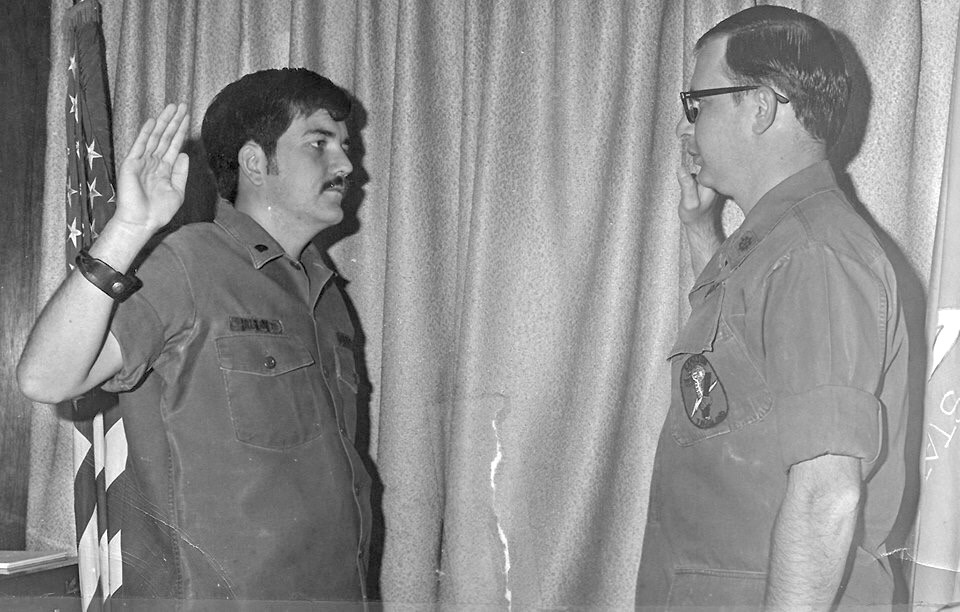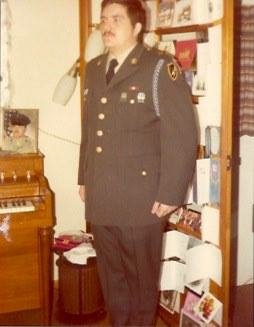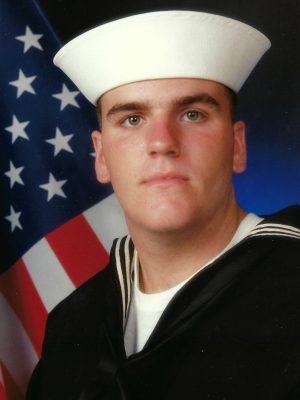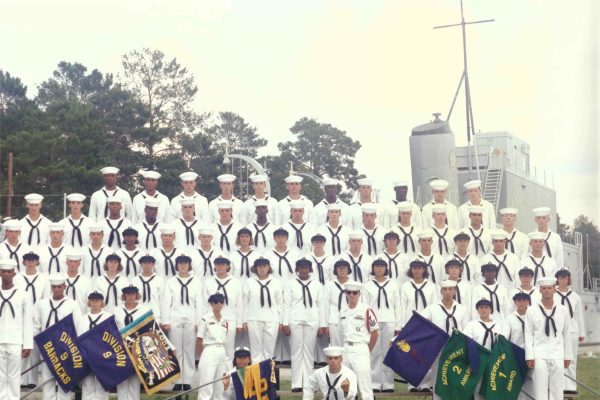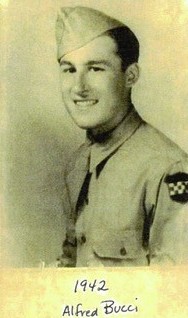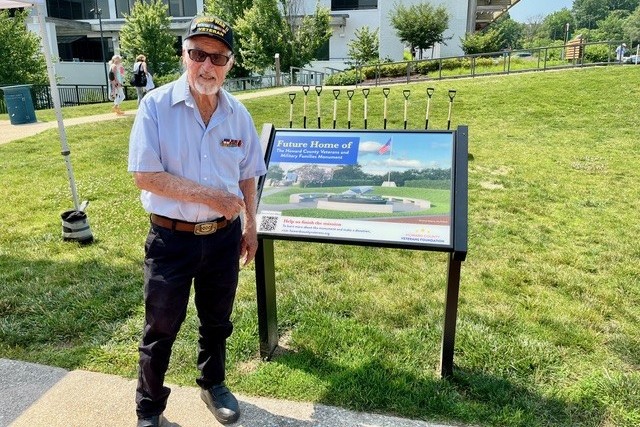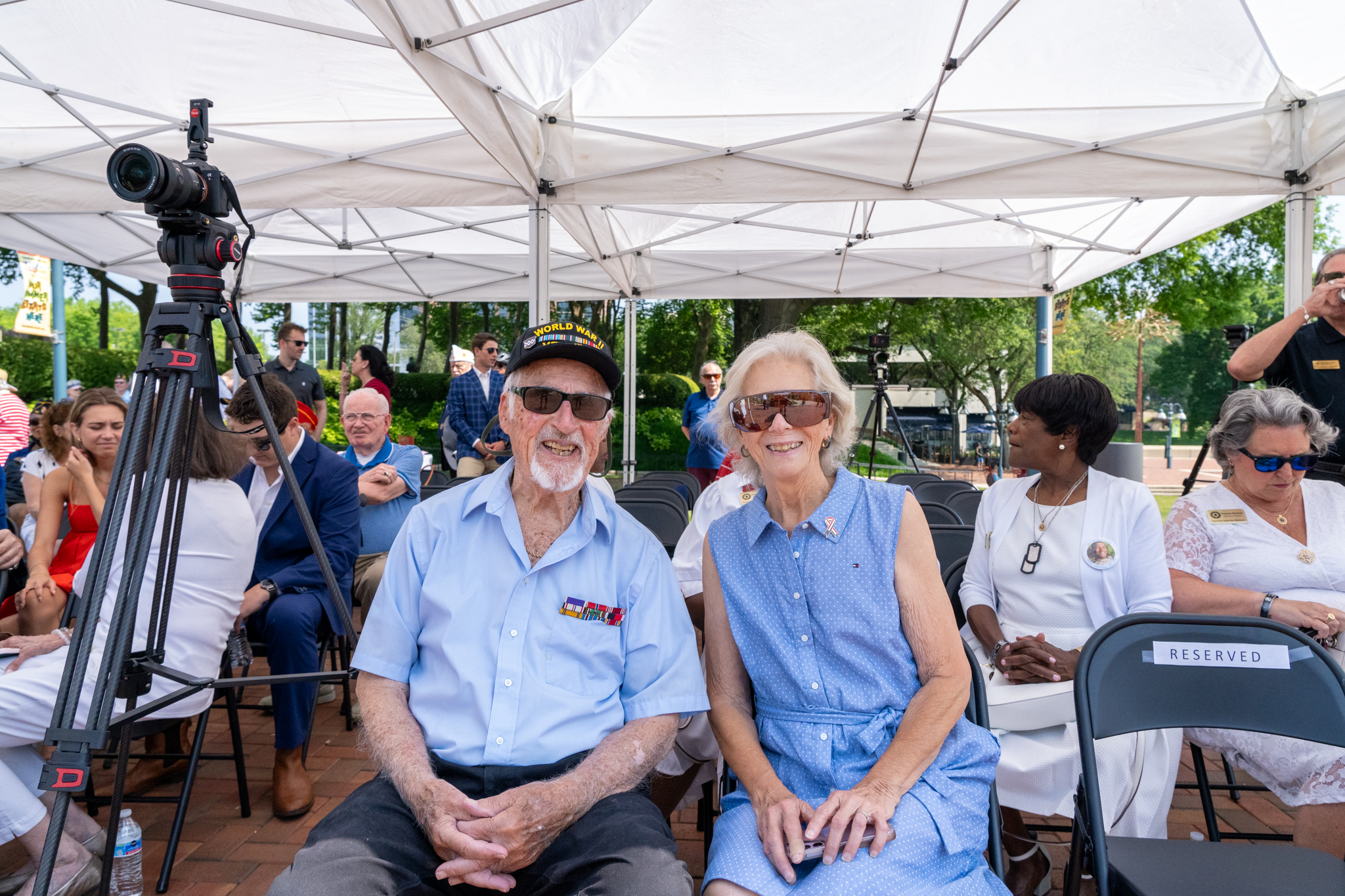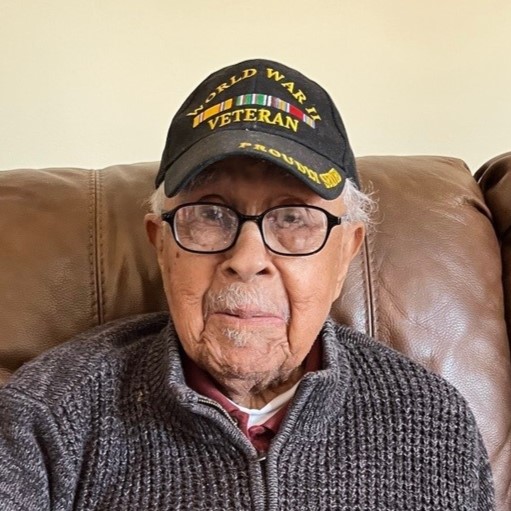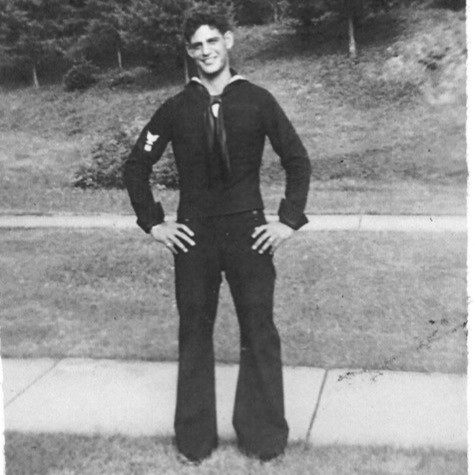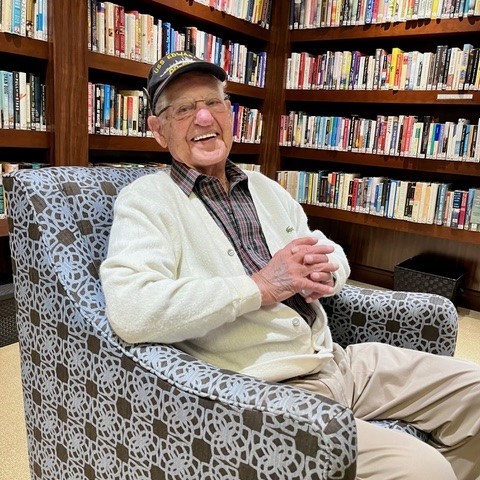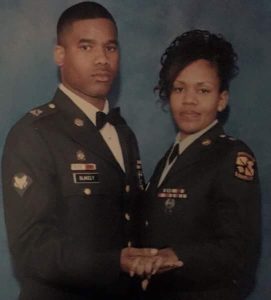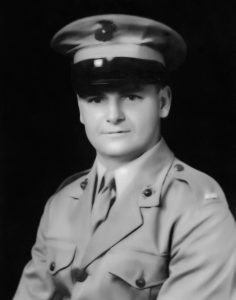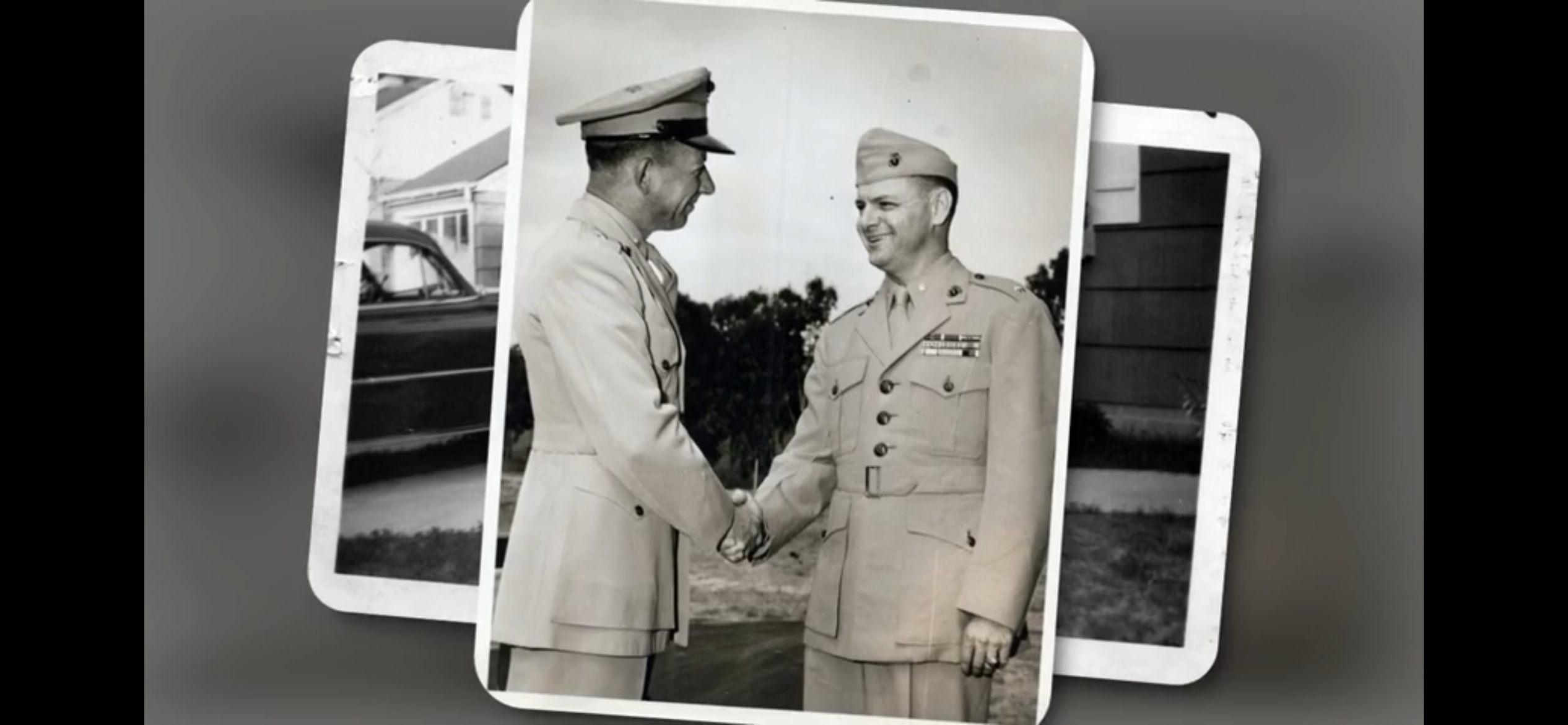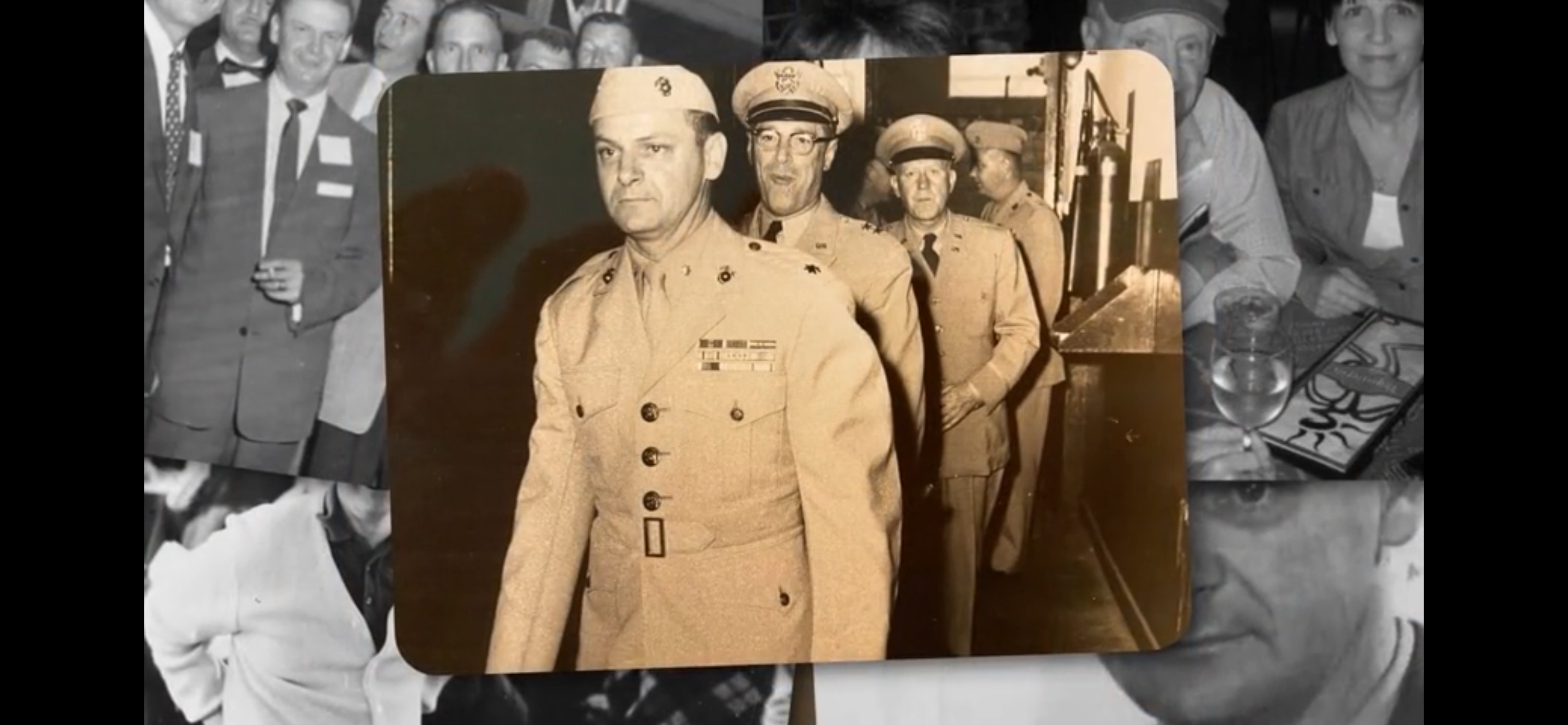“As the spouse of a Veteran and a daughter, daughter-in-law, niece and friend to many Veterans, I have seen firsthand the sacrifices our service members and families make. In my role as manager of the Howard County Office of Veterans and Military Families, I speak to Veterans and their family members regularly about their hardships. Sometimes I lend a listening ear to Veterans who are experiencing homelessness. Other times, I support Veteran caregivers who need help. Military family members will reach out in need of mental health services. During these conversations, I am always reminded that our military community experiences things most of us could not imagine.
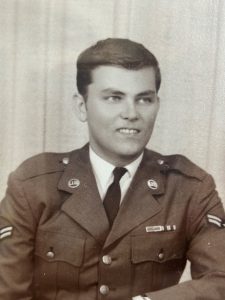
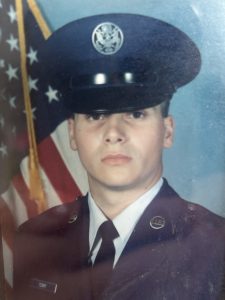
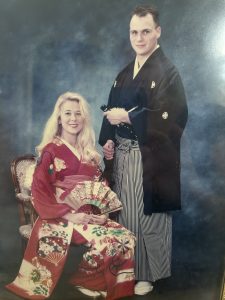
“Military culture is very unique. Individuals and families are often challenged with frequent moves, deployments, the emotional and physical wounds of war and employment struggles.
“This monument symbolizes a commitment to our Veterans, active duty and their families that Howard County ‘has their six,’ a military phrase meaning ‘we have your back!’ This beautiful sculpture on the Columbia Lakefront is the perfect place for peaceful reflection, inspiration, education, gratitude and honor. I am so proud of this community and our county’s leadership for supporting this initiative, and I am honored to serve on the board of the Howard County Veterans Foundation.”
-Lisa B. Terry, manager of the Howard County Office of Veterans and Military Families and Howard County Veterans Foundation Board Member
Want to share what the monument means to you? Click here to tell your story! Want to help us finish the mission? Click here to make a donation to the monument campaign.


